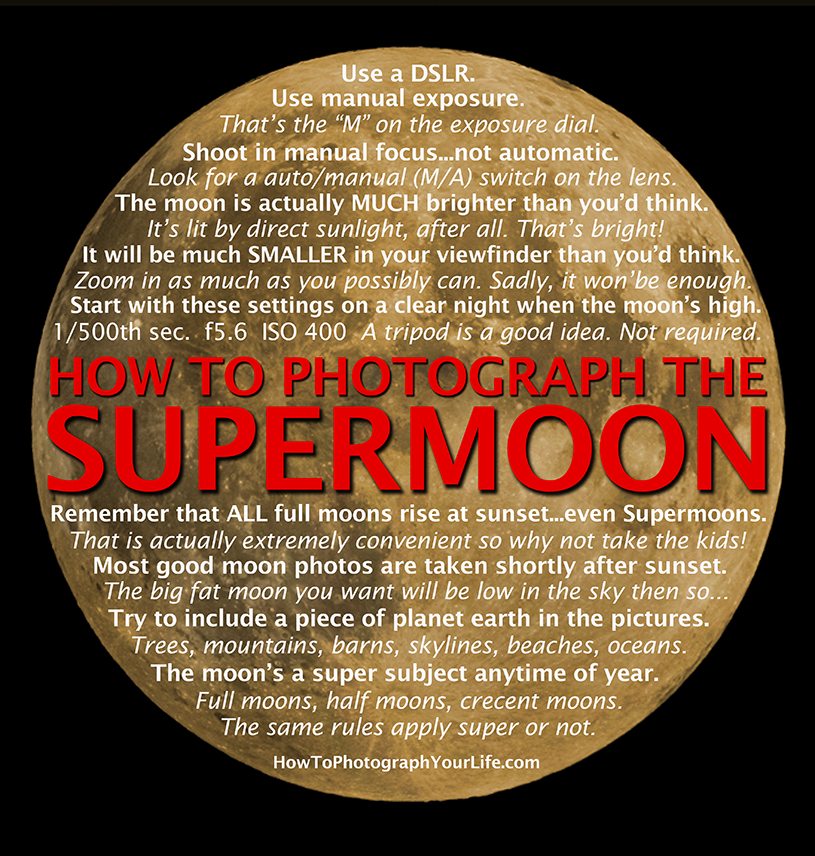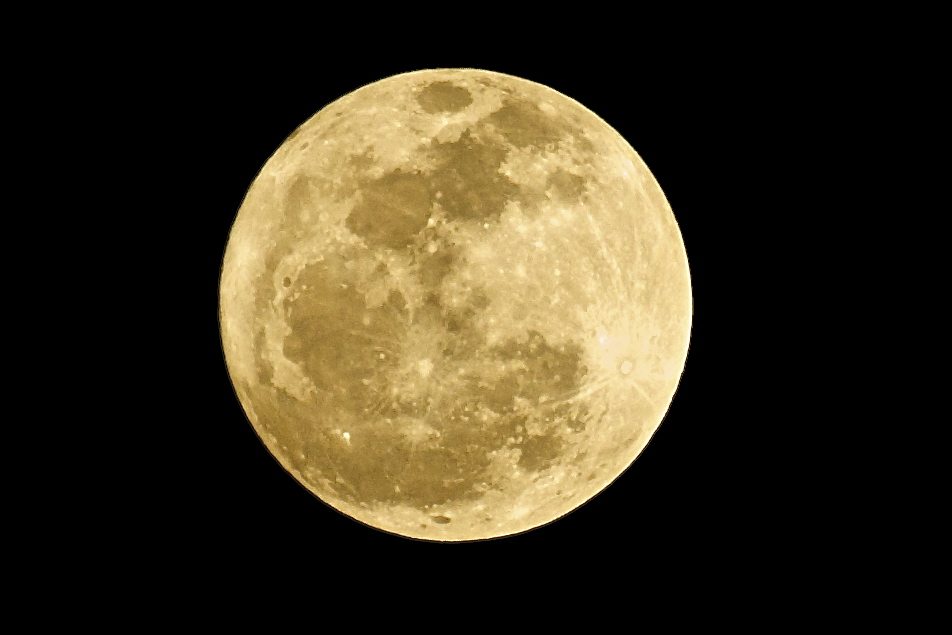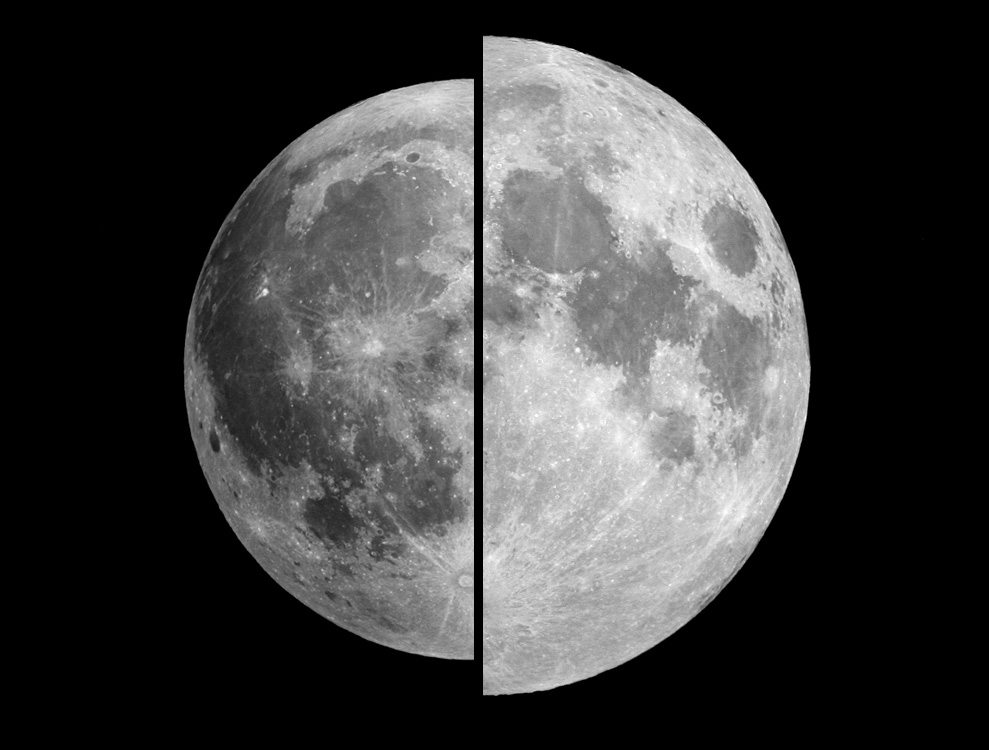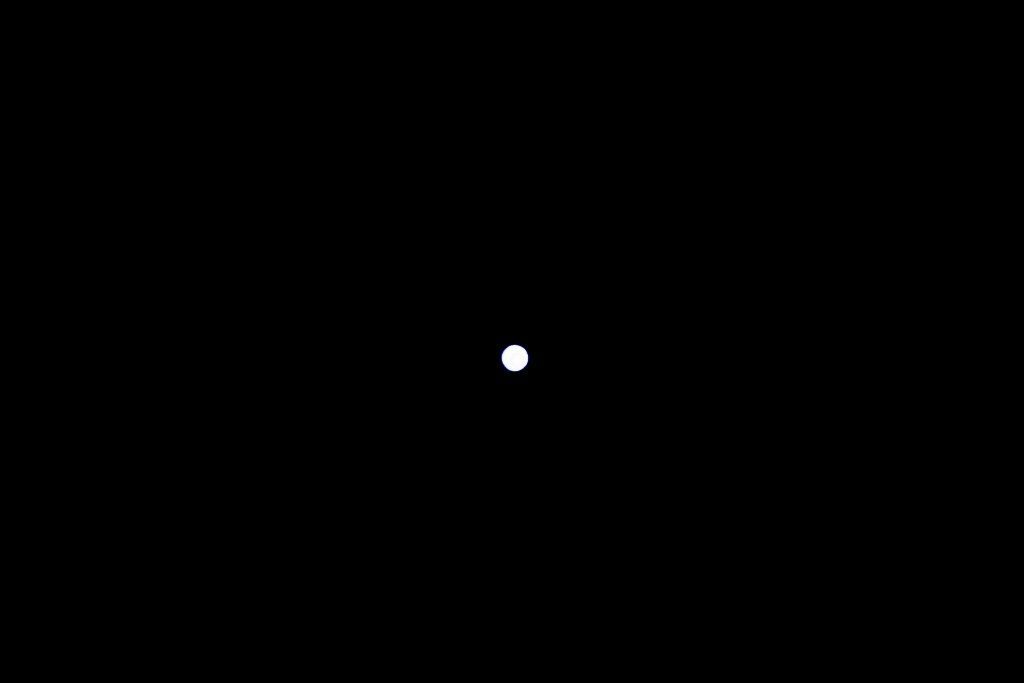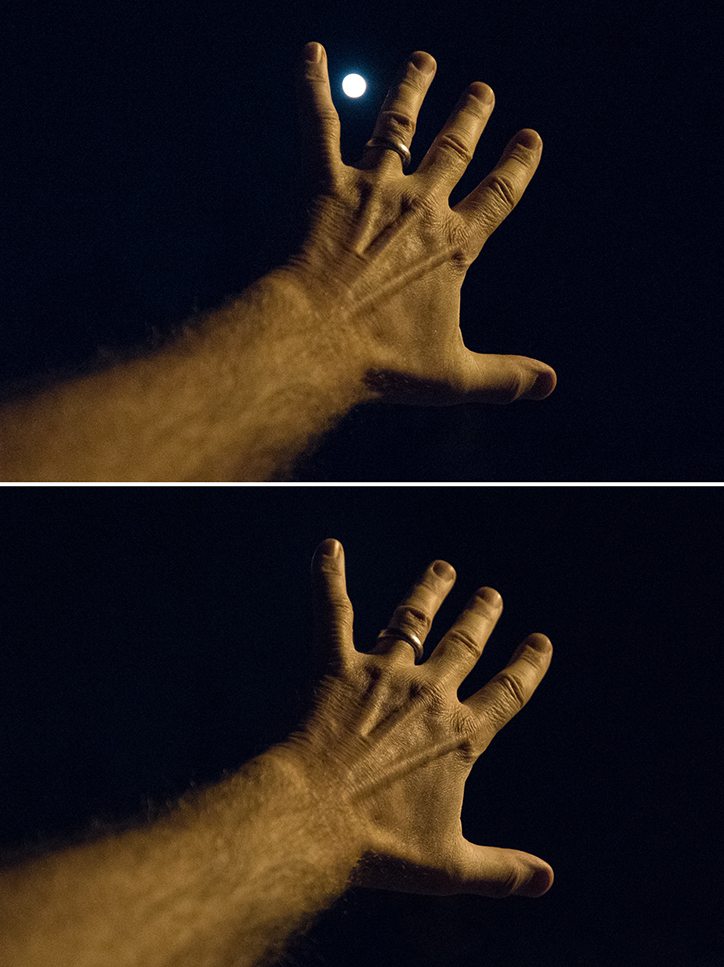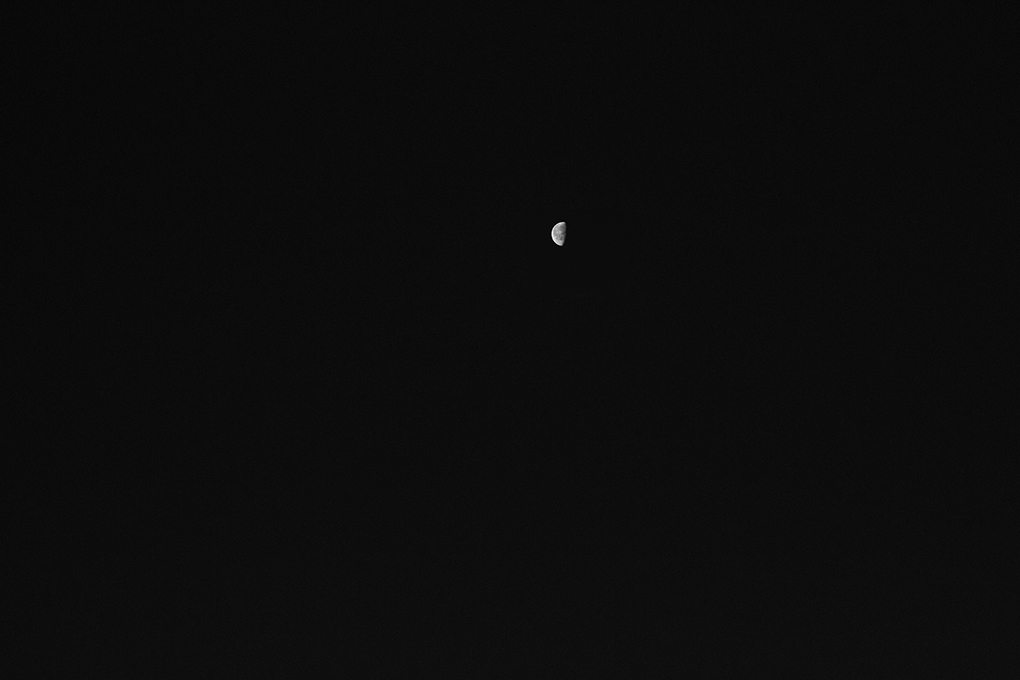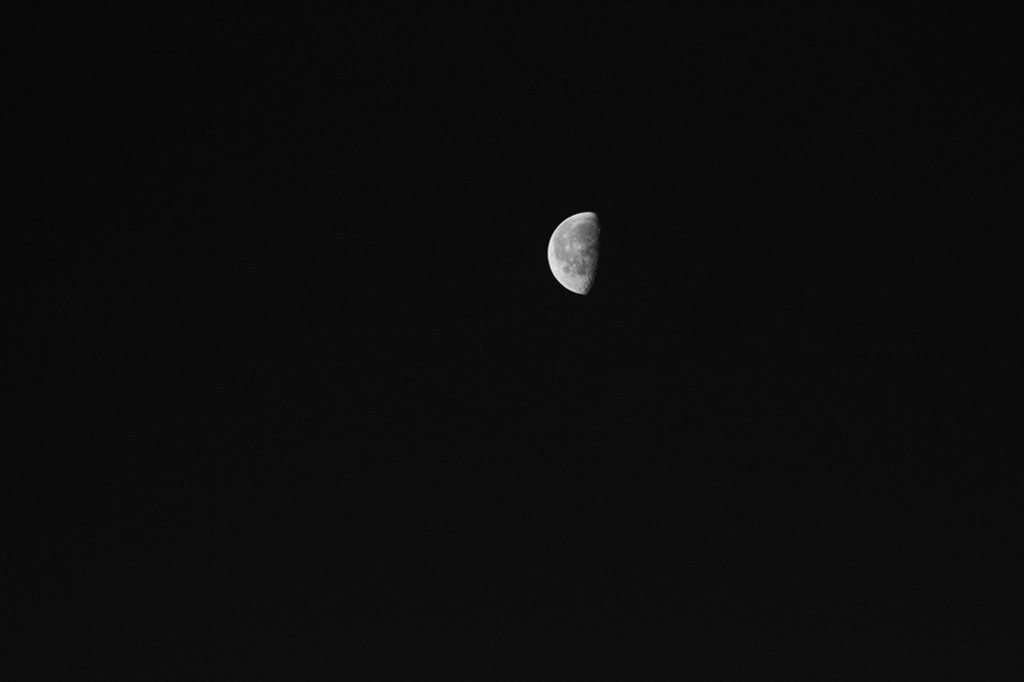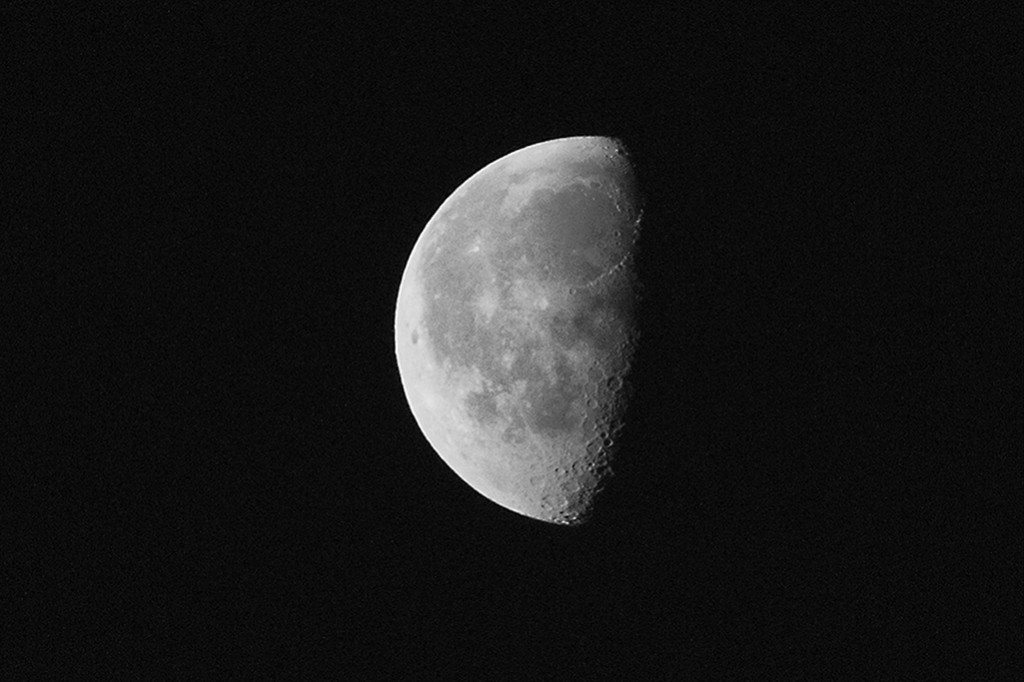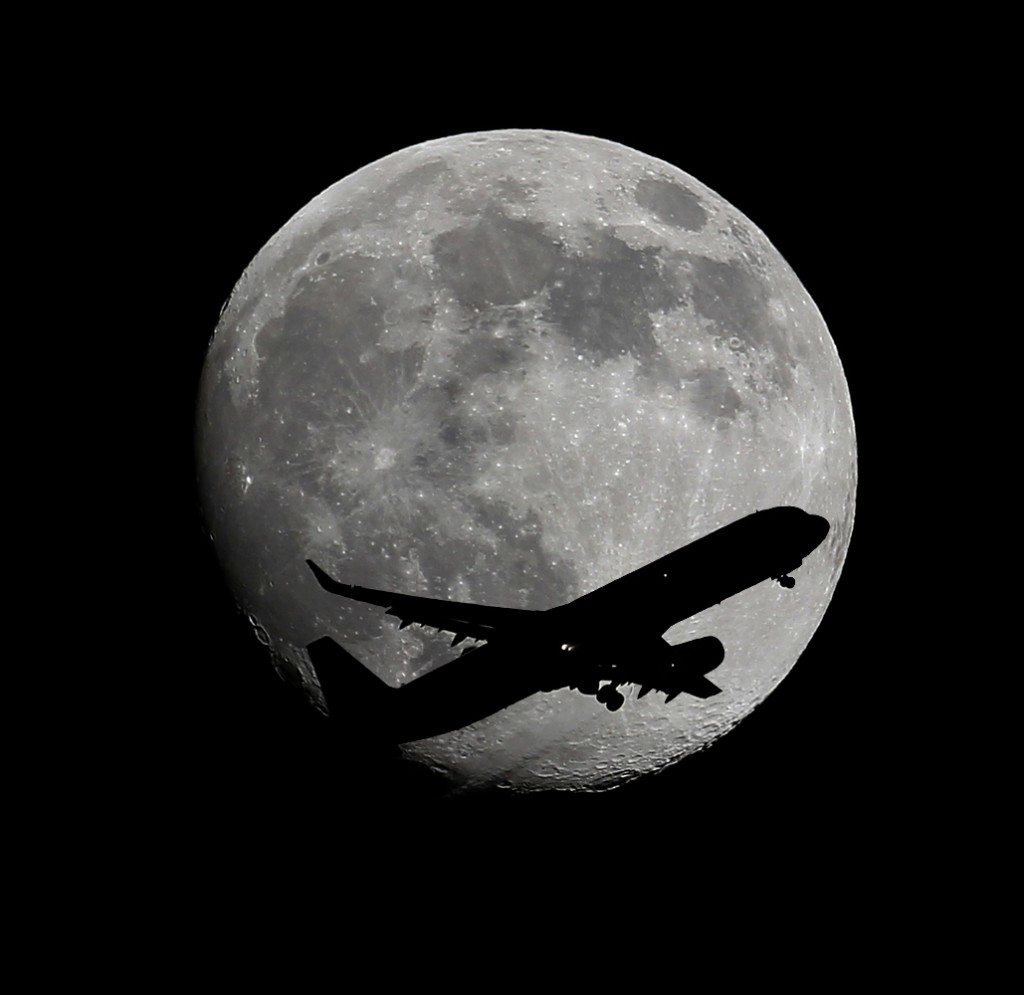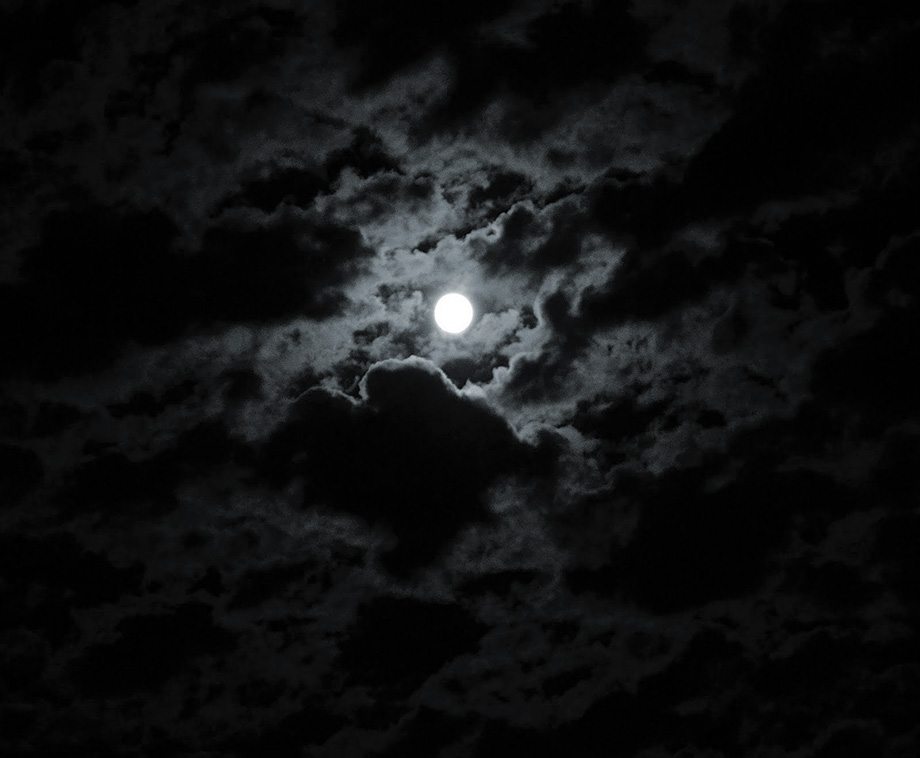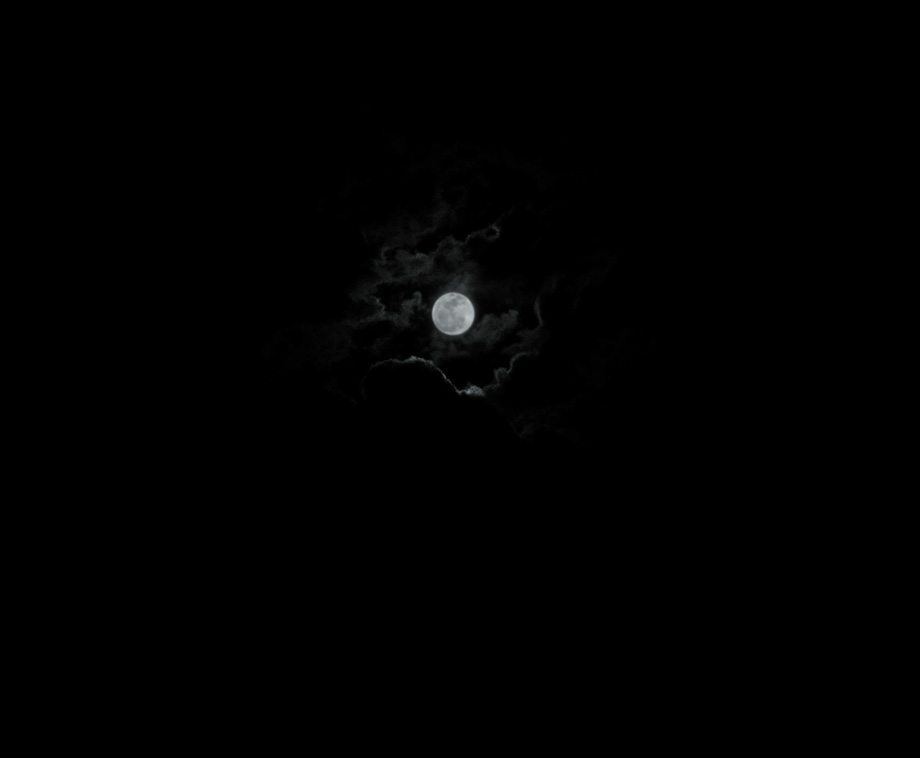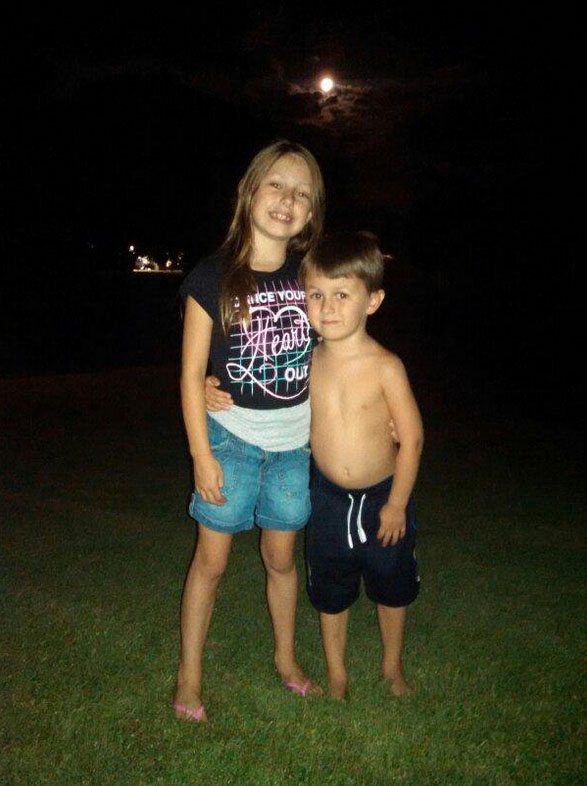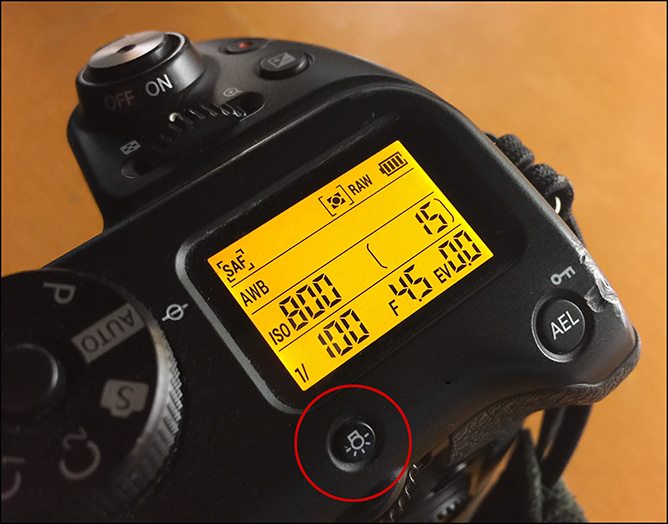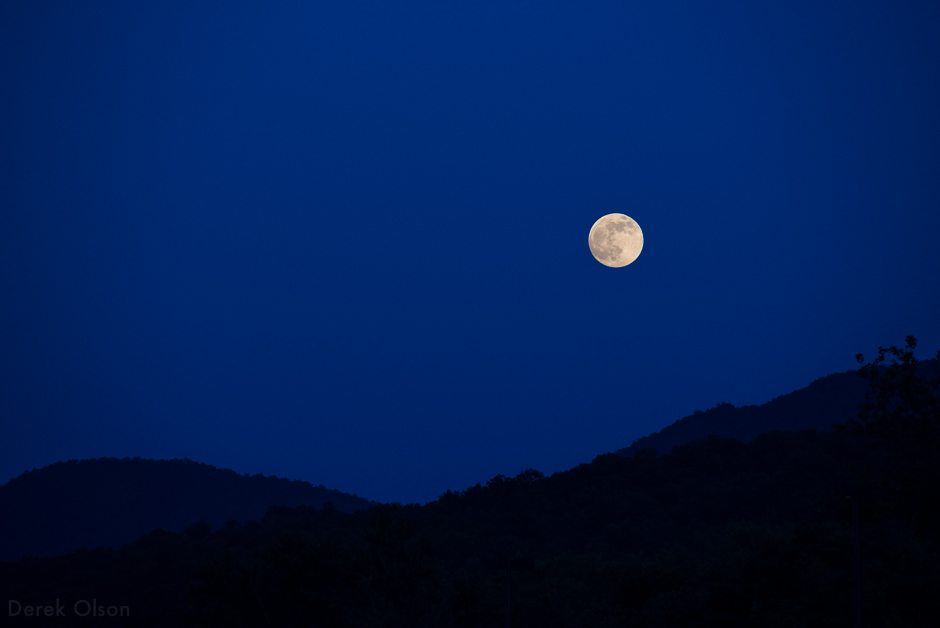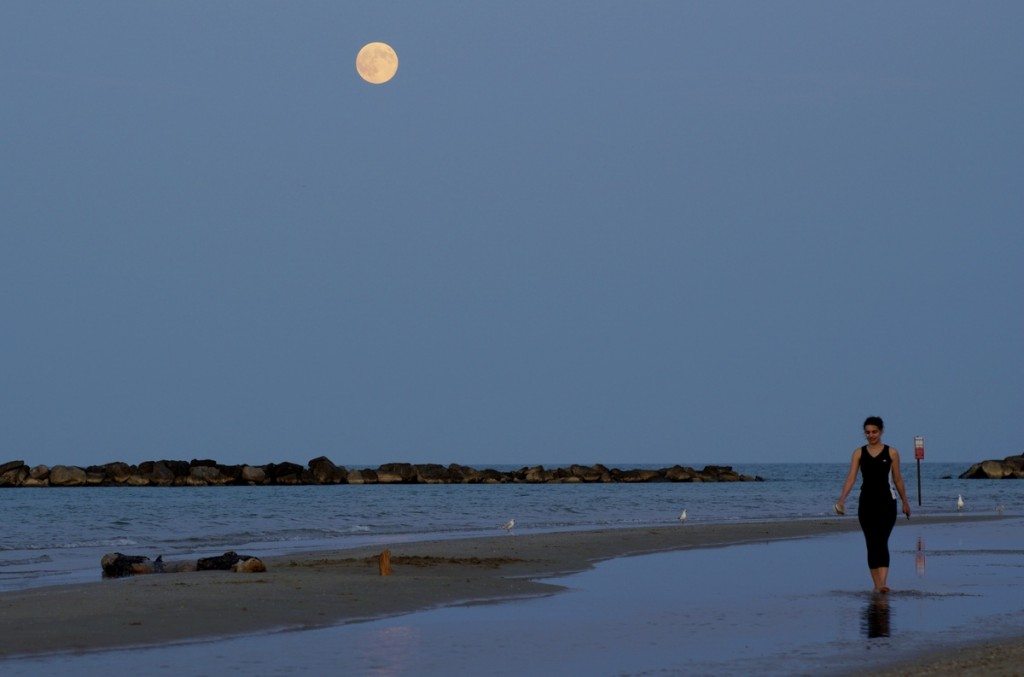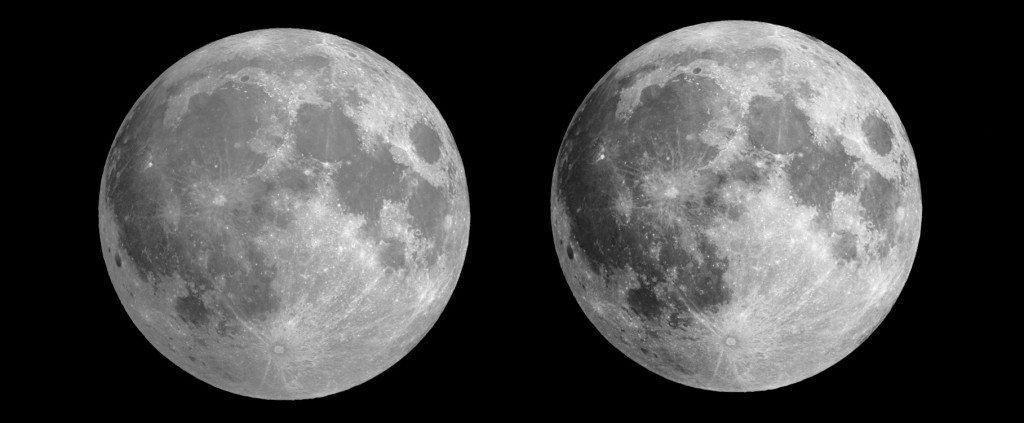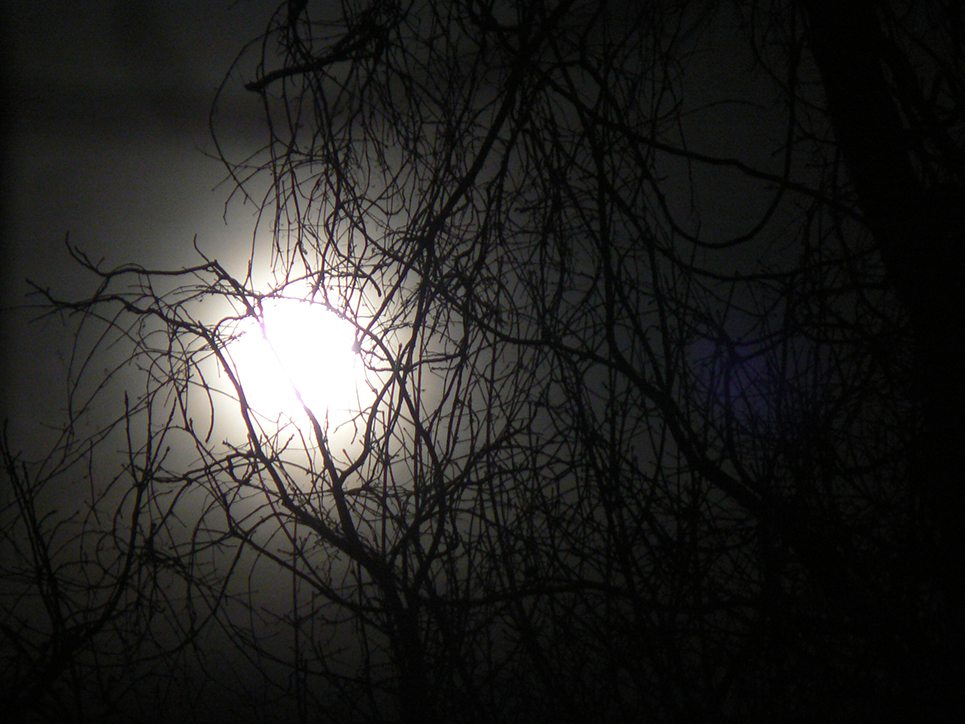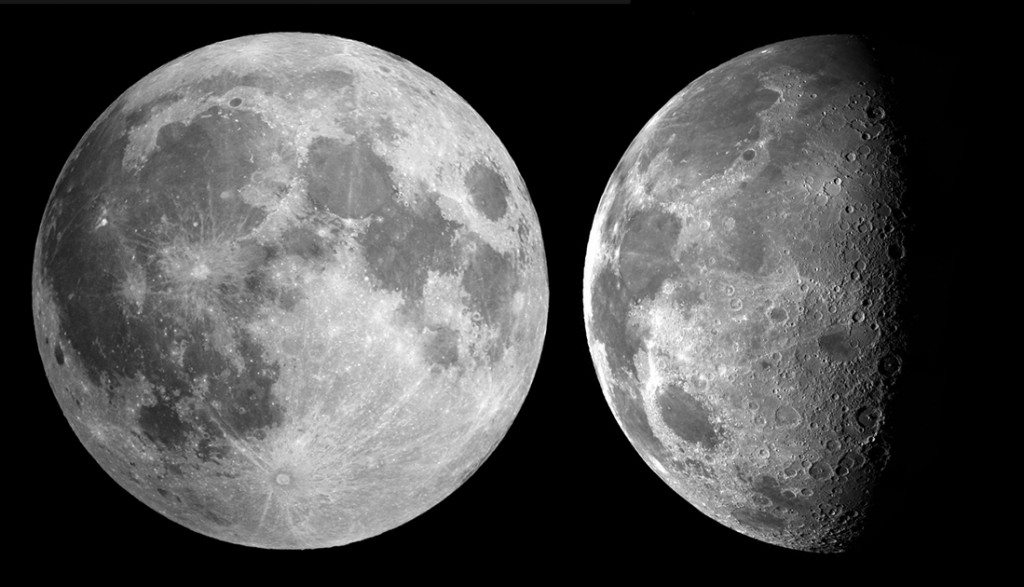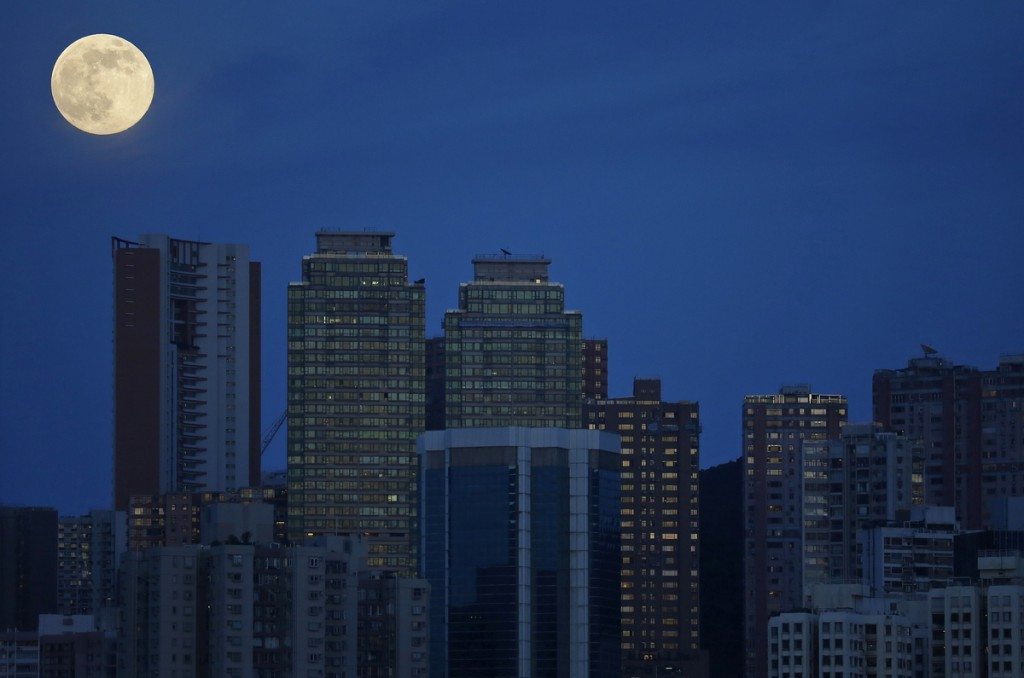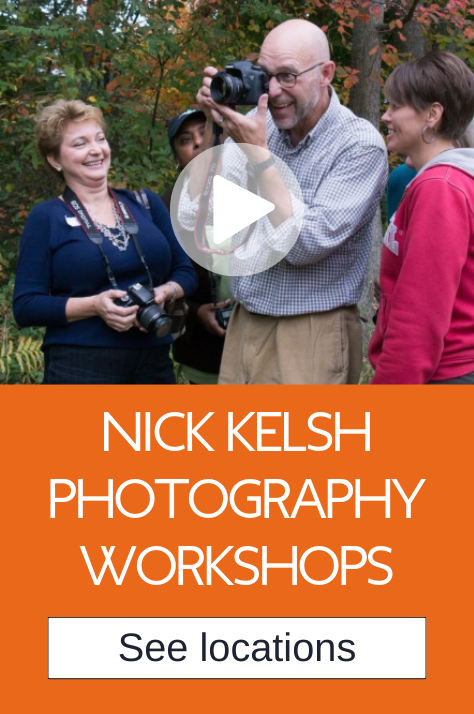(Note from Nick: If this blog helps you shoot some great moon photos we’d love to see them. I’m going to put together a How to Photograph the Moon webinar with the photos we collect at our Facebook Event:
https://www.facebook.com/events/628467437315081
First of all, I want you to know that I love love love the moon. I own two telescopes , three moon atlases, and I think I’ve bought just about every iPhone moon atlas app there is. For me, looking at the moon through a telescope is like living next to the ocean. You just sit there and stare.
But there’s yet another Supermoon on it’s way! In case you haven’t noticed, there always seems to be a Supermoon coming. 2014 was the year of the Supermoon for gosh sakes—there were actually THREE of them in about six months. They can’t all be super, right?
Well, yes and no. Seriously, how much better can perfection get. The answer is just a little bit better.
So first a little history and then a little science and then on with the photo tips!
THE HISTORY OF THE SUPERMOON
The term Supermoon was coined by an astrologer, NOT an astronomer. (I assumed a summer intern at CNN came up with the word.)
Is it really possible that the moon could possibly get better from October to let’s say, November. Twenty-four hour news channels LOVE the idea of a Supermoon in the way they love Supermodels, Superstorms, and Super Bowls.
But nobody’s getting hurt here and anything that gets people outside to look at the moon with their cameras has to be a good thing, right?
I love the moon so I’m all for it being super every once in a while!
Astronomers, however, aren’t crazy about the term Supermoon; they generally steer clear of it. That’s because, like me, they pretty much consider the moon to be super ALL the time. So astronomers refer to a moon that appears to be larger than normal as the Perigee Syzygy of the Earth-Moon-Sun system. Just to be clear, astronomers are the people that look through telescopes; few of them read their horoscopes. (On a personal note, I’ve been trying to work the word syzygy into a blog for years now. Hallelujah! Scrabble anyone?)
THE SCIENCE
The moon orbits in an ellipse—not a circle. It’s orbit is an oval. That means that the distance from the Earth to the moon is constantly changing. When the moon swings by on one of its closer passes it’s called a SuperMoon.
Just for your information, the opposite of a Supermoon is a micro-moon—not quite as sexy, is it? Someone somewhere decided that when the moon is at or within 90% of its closest approach to Earth the moon is super duper. When the moon is closer to the earth it just appears to be bigger to everyone looking at it from Earth. It just looks larger—it’s actually pretty much the same size all year long.
This is roughly the visual difference between a Supermoon on the right and it’s sadly named counterpart, the micro-moon. The moon appears to be bigger at certain times because it’s closer to the earth on it’s elliptical orbit.
Also, for your information, there is a Supermoon about every 14 months.
That’s not a coincidence. It’s because the sun and the earth and the moon are aligned – that is, in a straight line. In other words, a full moon only happens when the sun is directly behind you if you’re looking at the moon. If you think about that for a moment it will make complete sense. All full moons rise at sunset. And all full moons set at sunrise.
(For science buffs only: If you can wrap your head around that try this one. All half moons rise at noon and set at midnight OR they rise at midnight and set at noon. And crescent moons are close to the sun so they happen at or near sunrise or sunset.)
But now that the word Supermoon is in the cultural lexicon—and there seems to be no turning back—we may as well go along with the fun and shoot some beautiful photographs.
THE PHOTO TIPS
There’s no doubt that the moon is a spectacular photographic subject when it’s super or otherwise. Sure, it’s been photographed several quadrillion times but on the photographic satisfaction scale it’s right up there with your first sharp, clear pictures of fireworks and a sharp, properly exposed photo of a baby’s first smile.
Even if you fail—I’m going to try to see to it that you don’t—there’s a lot to learn and at the very least you’re going to come to grips with the basic principles of photographing bright objects—the moom is really, really bright—up against really, really dark backgrounds. It can be a little tricky; there are several variables that need to be dealt with.
YOU PROBABLY NEED TO LOWER YOUR EXPECTATIONS
The moon is going to be smaller in your photographs than you want it to be. Whenever you see a photograph of a really large looking moon it was taken with a really long telephoto lens, or the original photograph was cropped into dramatically, or it was Photoshopped. Even if you zoom in all the with the kit lens that came with your camera it’s going to be painfully small. All is not lost however.
This is what lots of photographer’s first try at the moon look like—an over-exposed all-white ball against complete blackness. People think that because they’re taking a picture at night they need a long exposure. Ironically, the proper exposure for a full moon on a clear night is very similar to a photograph of anything else that’s in bright sunshine. I said similar—you have to deal with miles of atmosphere here and the exposure shifts.
So unless you have an expensive telephoto lens (400 to 600 mm) you’re going to be disappointed with how “ close” your camera brings the moon.
There are a couple reasons for this. First of all, the moon is actually appears much smaller in the sky then you would think. Here’s a little exercise that will drive this idea home for you:
Before you go outside on a moonlit night ask yourself what part of your hand would cover up the moon if you held your arm fully extended.
- Would it be your fist?
- Would it be three fingers?
- Would it be your thumb?
- Or would it be your pinky?
The answer is actually quite amazing. If you hold your arm fully extended against the sky you can pretty much cover up a full moon with the tip of your little finger. The full moon is about as wide as the fingernail on your pinky appears to be when you extend your arm.
How big does the moon appear to be in the sky? The answer is unforgettable if you do this little experiment yourself. You can block a full moon with the tip of your little finger when your arm is fully extended. It doesn’t matter if you’re a kid or a NBA center. It all has to do with proportions. It works for everyone. Try this with your kids; mine couldn’t believe it.
This is what the moon looks like through a camera viewfinder without any magnification. Really small.
Even with a decent telephoto lens— this was taken with a 200 mm lens on a camera that has a 2/3 sized CCD chip— this is about as good as it gets when you’re zoomed in all the way. Disappointing, I know. Many of the great moon photographs you’ve seen are actually taken through high-powered telescopes. Sorry.
This is the photograph above cropped. It’s almost a certainty that you’re going to want to crop in on the moon after you’ve taken your picture. That means you should be shooting at the highest resolution possible with whatever camera you have.
And the moon does not change apparent size as it passes in the night. (It does change apparent size over the course of a year.)
But it does appear to be significantly larger when it rises or sets—that is, when it’s close to the horizon. It’s a powerful optical illusion. When you see the moon up against, let’s say, a man-made object or a tree on the horizon the moon appears to be really large. Try the pinky fingernail test when the moon is on the horizon if you don’t believe it.
This is a terrific way to get a man-made object into the photograph and give everything some scale. I’m not saying there isn’t any luck involved here, but if you happen to live near an airport you will be surprised how often this actually happens. The trick is to see the airplane lights heading in the direction of the moon and being ready when that magic split-second happens. I’ve actually been looking through the viewfinder of my camera several times and seen an airplane flyby like this. But at that point it’s too late. You have to see the airplane coming in advance.
WHAT EQUIPMENT DO YOU NEED?
The answer is a digital single lens reflex camera. You want a camera that has exposure adjustments, can zoom in dramatically, and can manually focus. That’s a DSLR. Your smart phone is going to stink at moon photography.
A tripod is helpful but not necessary. It does make it easier, however.
You will not regret bringing a flashlight for this exercise. This is one of those times where the flashlight that’s built into your smartphone may actually be more useful than the camera.
WHAT ARE MY CAMERA SETTINGS?
This is one of those nasty variables. If we were looking at the moon from the window of the space shuttle together the answer would be simple.
I would tell you that the moon is a sunlit object and therefore the exposure would be about 1/500th of a second, F11, at ISO 400. Those are close to the same settings I would tell you to use on a bright sunny day in the middle of the summer. Yes, the moon is a sunlit object but it’s just not that simple.
We view the moon through the atmosphere. When we are looking at the moon straight overhead we are looking through about 15 miles or so of gas. But when we see it on the horizon it’s closer to 150 miles of atmosphere. It makes the moon darker. That’s why we can sometimes look at the sun when it’s setting and we don’t burn our eyeballs. All of that atmosphere is also what makes sunsets and sunrises so beautiful.
These two photographs represent the basic exposure problem when you’re photographing the moon. If you properly expose for the clouds the moon is WAY overexposed…
…and if you expose for the moon the clouds are almost invisible. It’s the basic dilemma of photographing any bright object against a dark background.
Having the atmosphere diminish the brightness of the moon can be very useful. As I said before, a super moon rises at sunset. While there is still some early evening light hitting the earth AND the moon is darkened by the atmosphere you can often come up with an exposure that does justice to both of them.
So when the moon is on the horizon there’s one proper exposure and when the moon is overhead it’s often dramatically different. Bummer.
On a clear night start with something like: 1/500th of a second. F5.6. ISO 400.
The good news is digital cameras allows us to shoot test photographs and adjust our exposures. Only a photographer who grew up on film can appreciate just how good that news actually is.
MANUAL FOCUS
Know how to turn your automatic-focus on and off before you start photographing the moon. You don’t want to be messing with auto-focus here. Auto-focus needs texture and detail and it’s going to inevitably get fooled by all that blank, dark sky.
When you are in manual focus you simply focus until the image is sharp in the viewfinder and then you stop worrying about focusing. On most DSLR cameras there’s a little switch on the side of the lens marked A/M.
“A” stands for automatic and “M” stands for manual focus. This is not to be confused with automatic and manual exposure. That’s switch has nothing to do with exposure. It’s all about focus. Get yourself into manual focus.
HOW DO YOU PHOTOGRAPH PEOPLE WITH THE SUPERMOON?
It’s difficult. If you simply want to record the fact that the kids were outside when the Supermoon was up you would very likely have to use a flash to light up the kids and the Supermoon would be a little tiny bright spot in the sky behind them. It’s a snapshot; it’s for the memory books, but it’s not a great picture of the moon by any stretch of the imagination. It’s a picture of the kids.
A simple “we were there” snapshot of the kids is probably going to require a flash. By definition a photograph like this is going to have a little tiny moon in the background. photo by Cory Fast
On the other hand, I know you’ve seen pictures of people silhouetted up against the moon as its rising. Those photographs were taken with some serious professional gear— that is, extreme telephoto lenses. Or those people were edited into the image probably with Photoshop. I don’t want to rain on your Supermoon, but the odds of you shooting a picture of the Supermoon that you’re going to love that has people in it are pretty slim. At the least, you’re not going to do it on your first try.
LEARN TO USE THE SETTINGS WINDOW LIGHT THAT’S BUILT INTO YOUR CAMERA
I’m not talking about the flash here. I’m talking about that little light on top of your camera that allows you to light up the settings window. It’s really handy in the dark. It’s often turned on by a little button that’s right next to that window. Get comfortable with that button while you’re in the house with the lights on. It can be annoying to find in the dark, believe me. I’ve been there.
It’s a good little button to be aware of. The light for your camera settings window is very handy when you’re working in the dark.
WHERE DO I DO THIS?
The odds of you getting a picture you like are greatly increased if you have a view of the moon rising or setting. That’s because you’ll have a much better chance of having something else in the photograph. City skylines or trees barns are often seen in moon photos.
Finding a location where you can see the horizon line as the moon is rising is the key to many successful moon photographs. Photograph by the Associated Press
A very bright full moon up against a very dark sky is slightly limiting actually. But if you want a view of the moon near the horizon line you’re probably going to have to make arrangements. Most people don’t have that. If you live in a city or near the mountains you may just have to get in your car and find a place where you can actually see the horizon line. If you live near the ocean, however, it’s a different story.
If you photograph the moon when it’s close to the horizon (and all full moons rise at sunset) you have a much better chance of grabbing that last little bit of twilight and coming up with an exposure that’s good for the moon and for the people here on earth. photo by the Associated Press
YOU’RE GOING TO WANT TO EDIT YOUR PICTURES. YOU CAN MAKE THEM BETTER IN EDITING.
Almost every picture of the moon could benefit from some editing. If you are simply photographing the moon against the dark sky you will probably want to increase contrast. Contrast enhances any detail that you’re able to capture and makes the whole thing snappier.
Increasing contrast in your finished product adds texture and snap. Almost every picture of the moon can benefit from a little editing.
And if you photograph the moon on the horizon you can often adjust the shadows and highlights to make the moon less bright and bring up some detail that’s on the earth. Personally, I do all of this in Lightroom. Adjusting contrast, the highlights, and the shadows is often key to successful moon photography.
PRACTICE
Any photographic situation that you really care about will benefit from a dry run. You don’t have to wait till the Supermoon happens to learn how to use your camera. You can go outside whenever you can see the moon and learn something with your camera. As with any photographic subject, learning how to use your camera when the big day arrives is a mistake.
You don’t need a Supermoon to practice photographing the moon. The visual possibilities are there all year long.
SO WHEN IS THE BEST TIME TO PHOTOGRAPH CLOSEUPS OF THE MOON, REALLY?
You don’t want to hear this, but it’s not when the moon is full. Amateur astronomers find a half moon or a crescent moon much more interesting and appealing to look at and photograph. That’s because the sun is at a completely different angle and it’s raking across the surface creating shadows and highlights and making the craters look much more three-dimensional. If you want to get interesting three-dimensional detail in your moon photographs you don’t photograph it when the moon is full. And remember, all Supermoons are full moons.
Both the full moon and the half moon are lovely, of course, but amateur astronomers— I’m one of them— love the detail in the craters you can see only when the sun is coming from the side. When you are looking at the Supermoon the sun is coming from directly behind you. It doesn’t feel quite as three-dimensional.
SO WHY SHOOT A MOON?
There are lots of answers to that wide open question, when it comes to photographing the bright object in the sky the answer is actually quite simple; we photograph the moon because it is stunningly beautiful. (I mean seriously, people have actually worshiped the thing.)
Most inhabitants of other planets don’t even have a moon in the first place and the very idea that there’s a huge extraterrestrial object regularly floating by in the sky is a gift from the creator. Since the beginning of time the moon has inspired poets and lovers and, only until recently, us photographers.
As I said before, learning to photograph the moon will simply make you a better photographer. It’s one of those rites of photographic passage.
(Note from Nick: If this blog helps you shoot some great moon photos we’d love to see them. I’m going to put together a How to Photograph the Moon webinar with the photos we collect at our Facebook Event:
https://www.facebook.com/events/628467437315081/%MCEPASTEBIN%
If you have a long lens, a tripod, and a view of the horizon as the moon is coming up you should consider yourself lucky to take a photograph that looks something like this. Photo by the Associated Press

